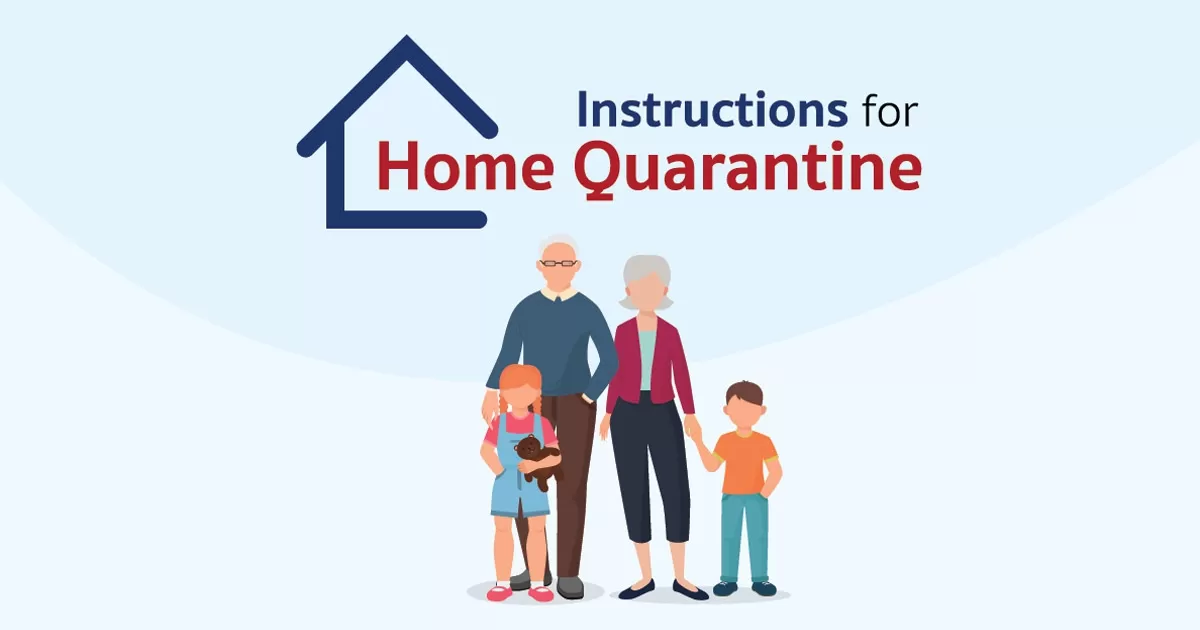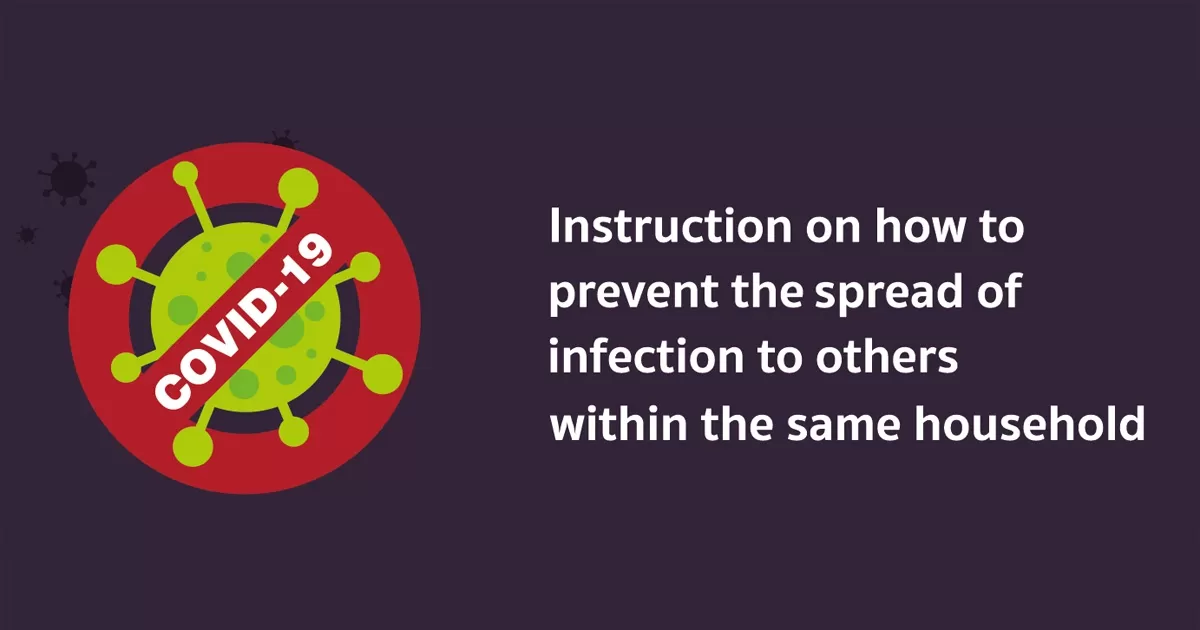
MERS-CoV – another public health threat?
Home > Health Info > Health Articles

The World Health Organization (WHO) has released the information that as of 3 June 2015, 1179 laboratory-confirmed cases of human infection with Middle East respiratory syndrome coronavirus (MERS-CoV) have been reported to WHO since 2012, including at least 442 deaths. Overall, 66 percent of cases reporting gender are male and the median age is 49 years. (The important fact to note is that these figures cover three years, so MERS-CoV is not something that sprang up yesterday.)
To date, 25 countries have reported cases, including countries in the Middle East (Figure 1): Egypt, Iran, Jordan, Kuwait, Lebanon, Oman, Qatar, Saudi Arabia (KSA), United Arab Emirates (UAE) and Yemen; in Africa: Algeria, and Tunisia; in Europe: Austria, France, Germany, Greece, Italy, the Netherlands, Turkey and the United Kingdom; in Asia: China, the Republic of Korea, Malaysia and Philippines; and in North America: the United States of America (USA). The majority of cases (>85 percent) have been reported from KSA. Since May 2015 two new countries have been affected (China and Republic of Korea).
We got over Bird Flu, so where does this one come from? Most infections have occurred in the Middle East and among them, many community-acquired infections are thought to be associated with direct or indirect contact with infected dromedary camels or camel-related products. However, WHO then goes on to state that infection acquired by exposure to camels represent a minority of all cases. (Mass slaughter of camels would be far more difficult than chickens.)
WHO states at this stage, enhancing infection prevention and control awareness and implementation measures is critical to prevent the possible spread of MERS-CoV in healthcare facilities. It is not always possible to identify patients with MERS-CoV early and for this reason, all health care facilities should have standard infection prevention and control practices in place for infectious diseases in general. If MERS-CoV is suspected, policies and procedure for rapid screening and assessment of potential MERS-CoV cases should be in place to ensure rapid care of the patient and to minimize the number of contacts among other patients, visitors and health workers. Droplet precautions, including eye protection, should be added to the standard precautions when providing care to any patient with symptoms of acute respiratory infection.
So, the real situation is that MERS-CoV could be a real threat, but at this stage, watchful waiting is all that is necessary. And yes, we have infection control protocols in this hospital.

Share :



